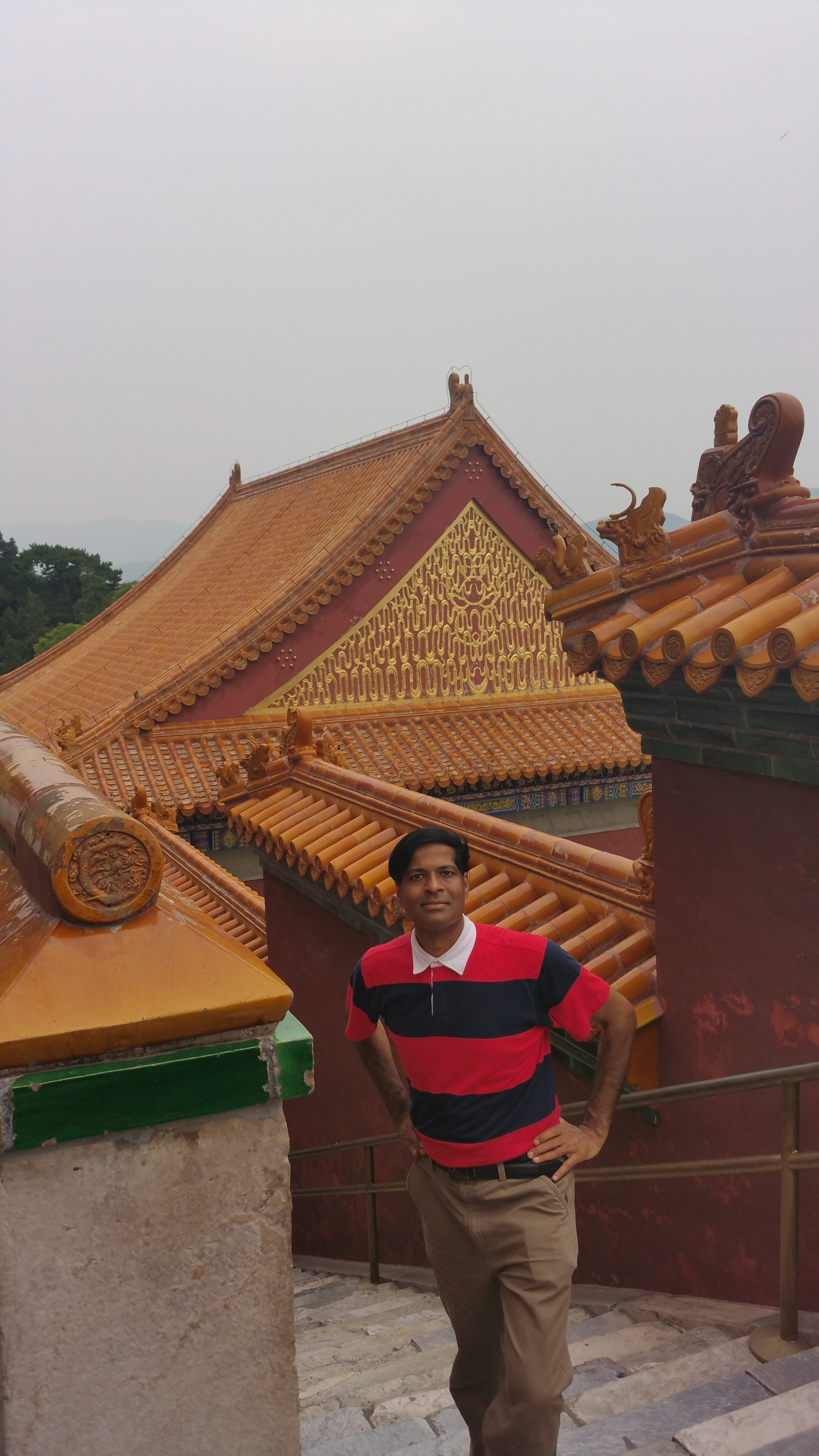
The Summer Palace (Yíhéyuán), is a vast ensemble of lakes, gardens and palaces in Beijing. It was an imperial garden in the Qing Dynasty. Mainly dominated by Longevity Hill (Wànshòu Shān) and Kunming Lake, it covers an expanse of 2.9 square kilometres-three-quarters of which is water
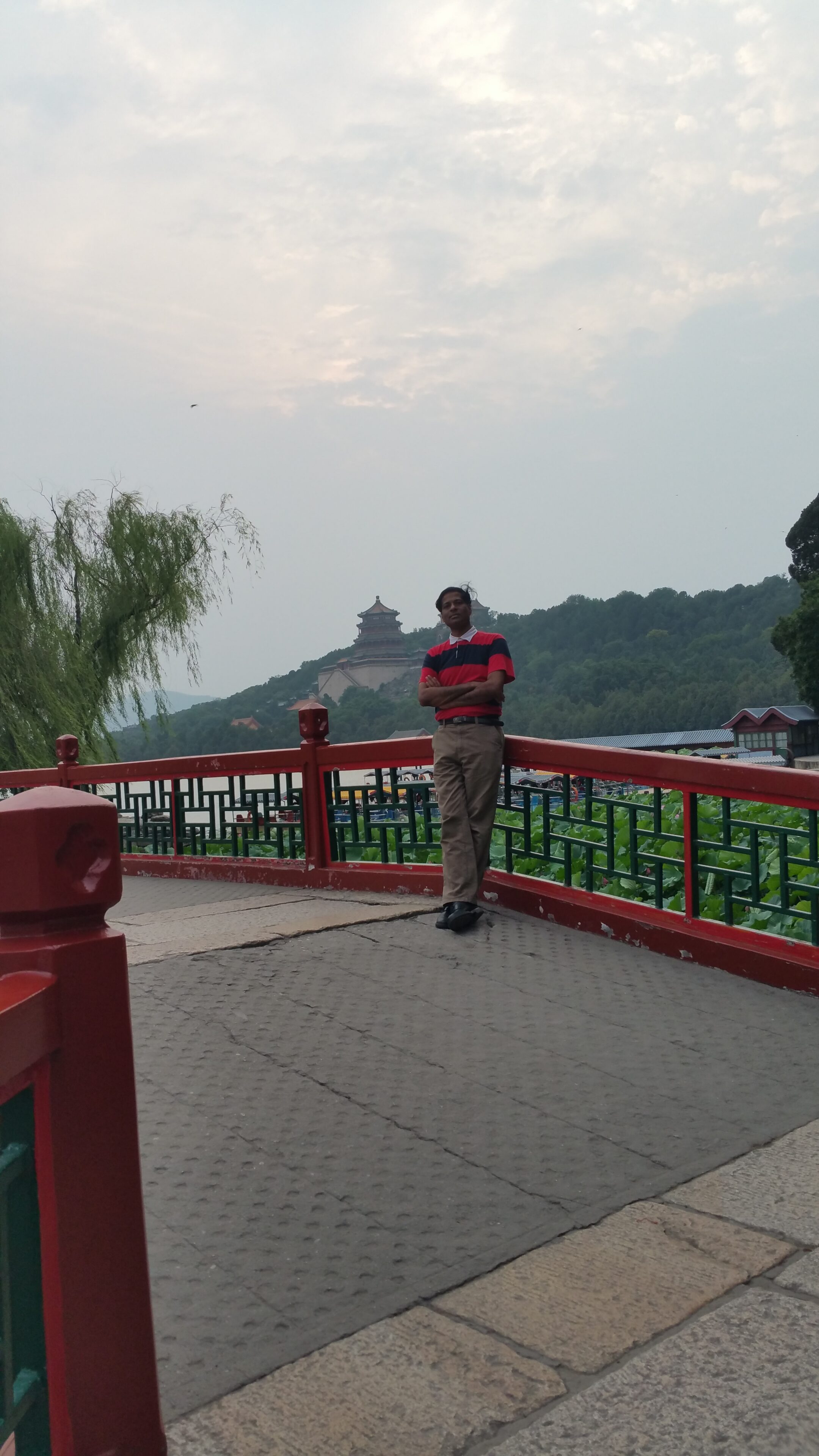
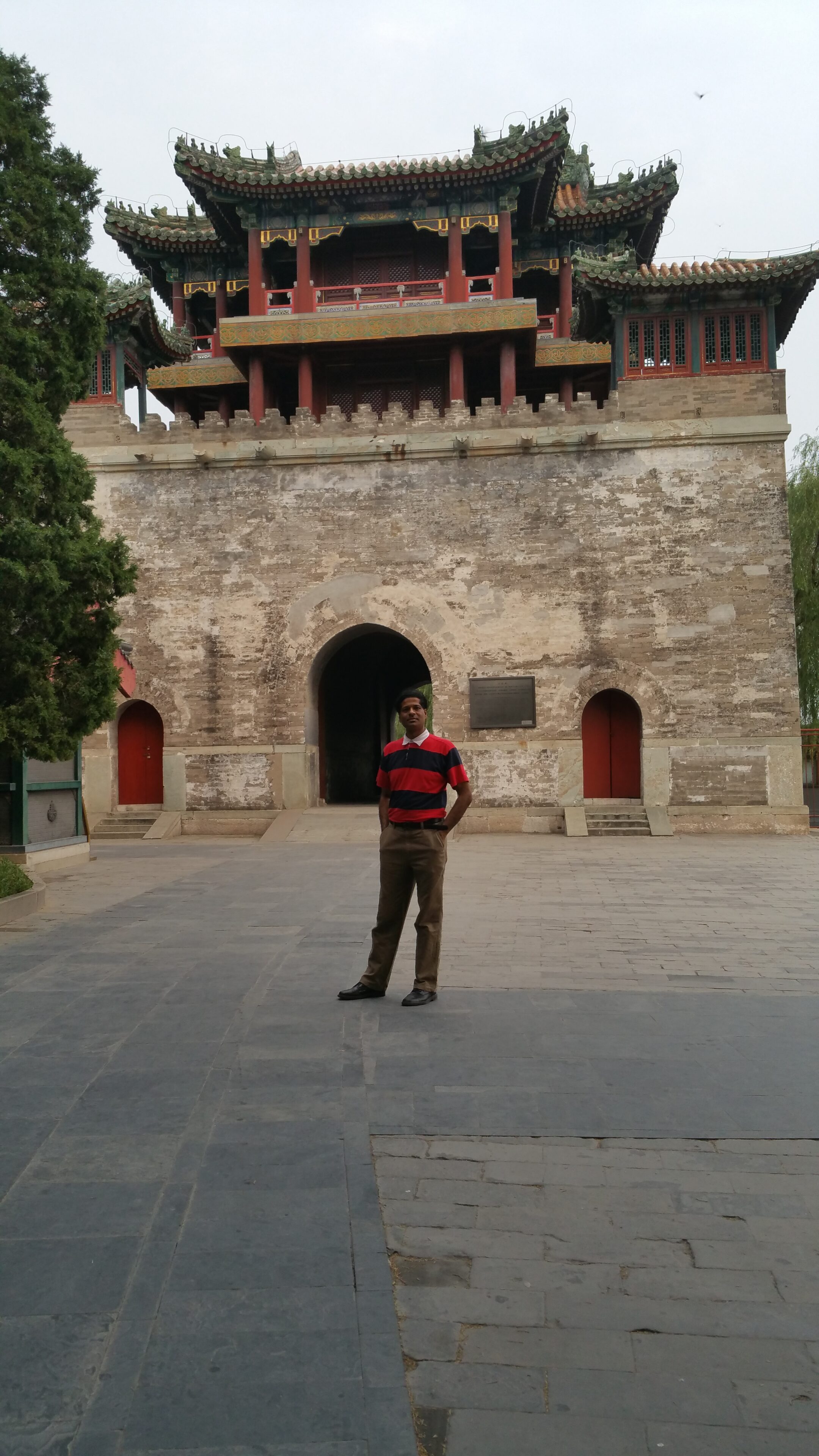
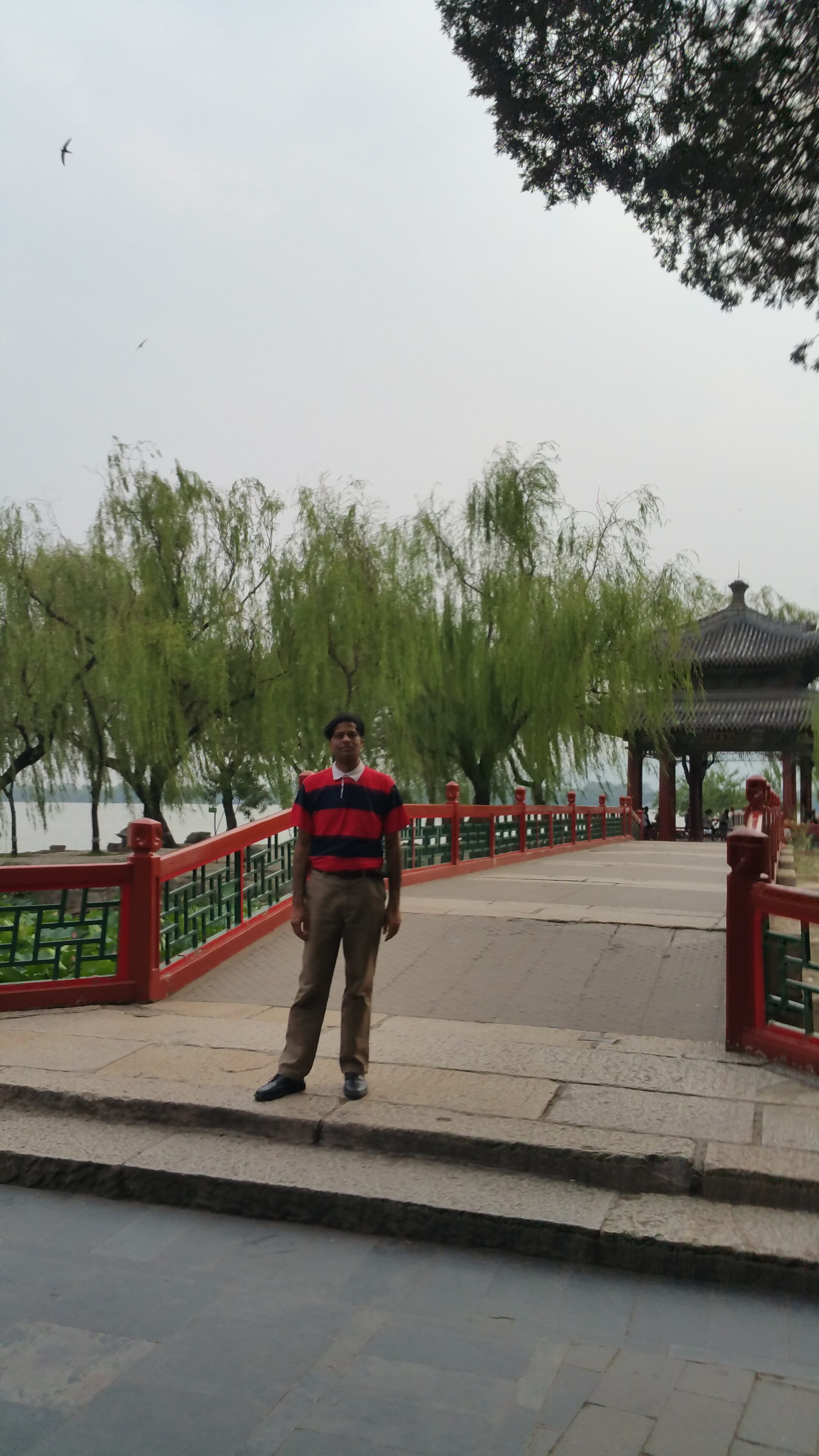
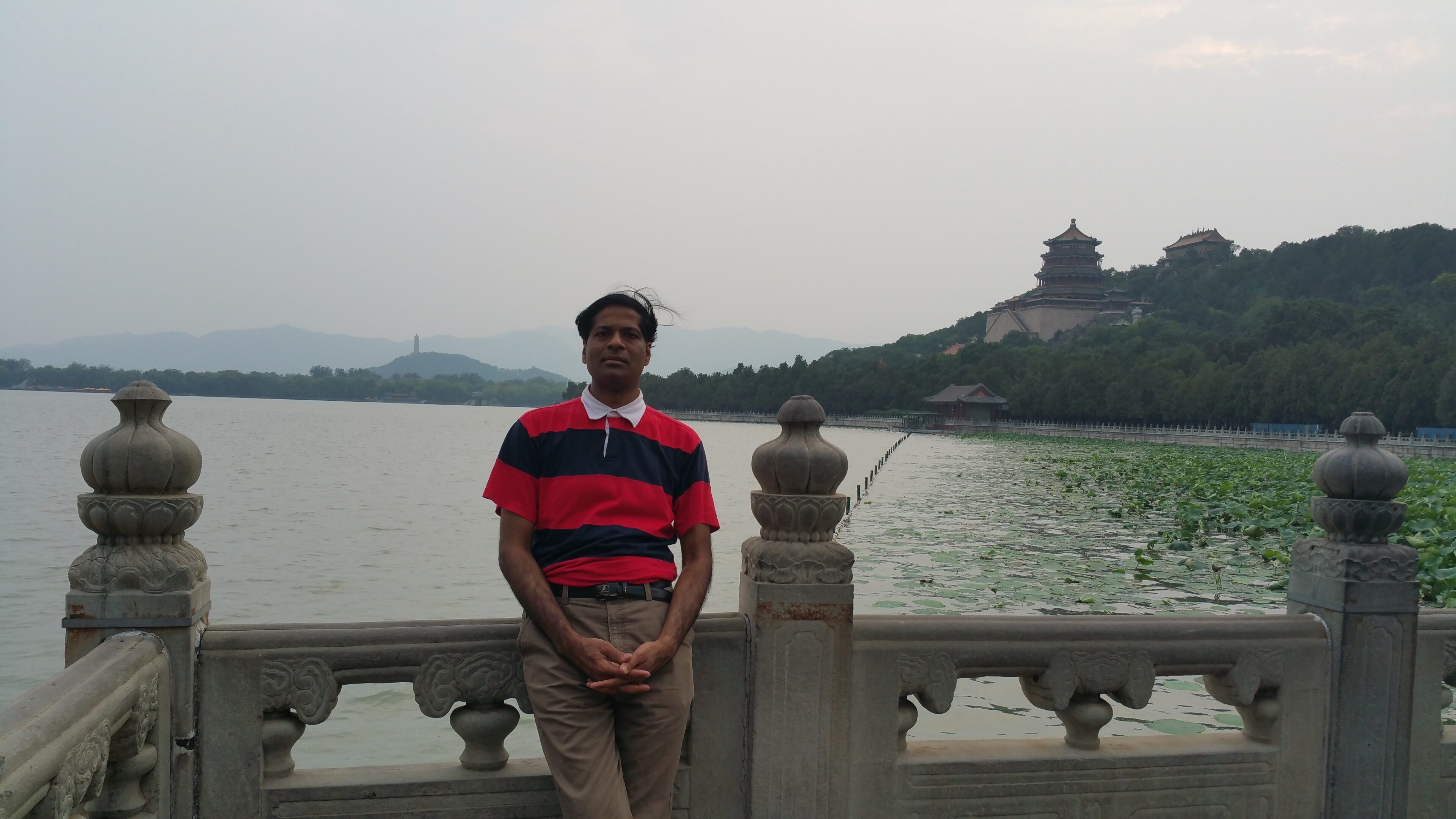
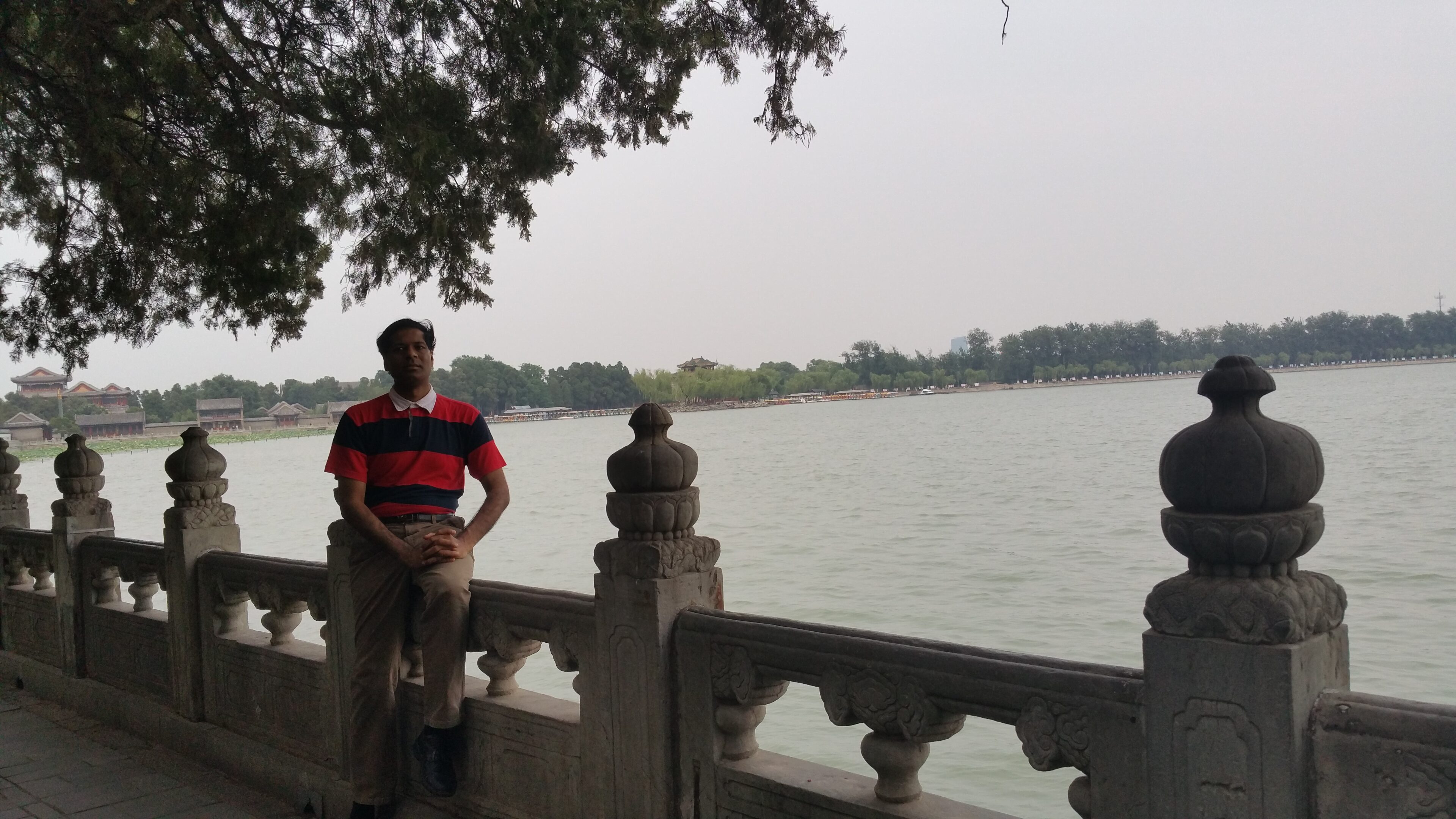
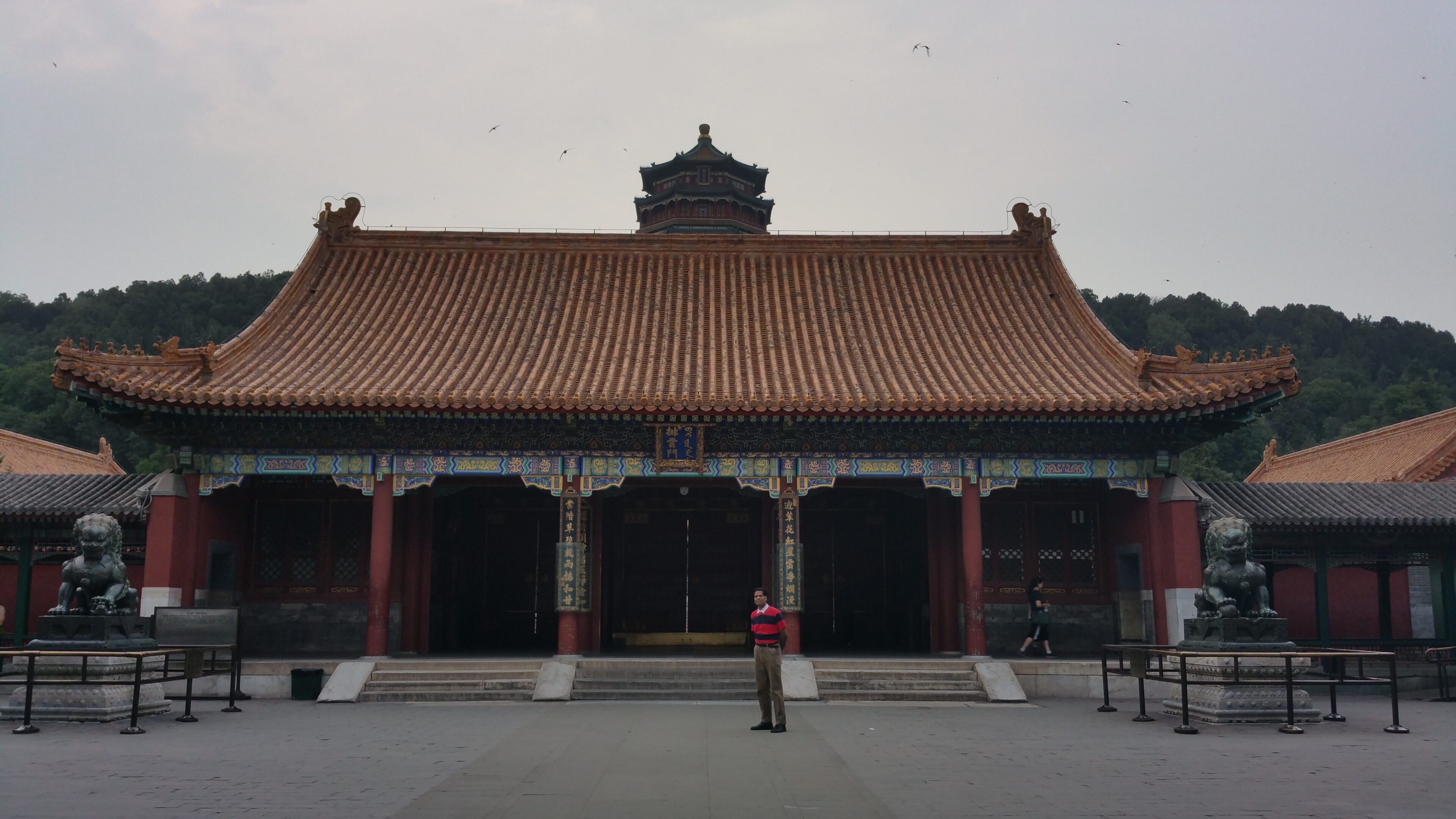
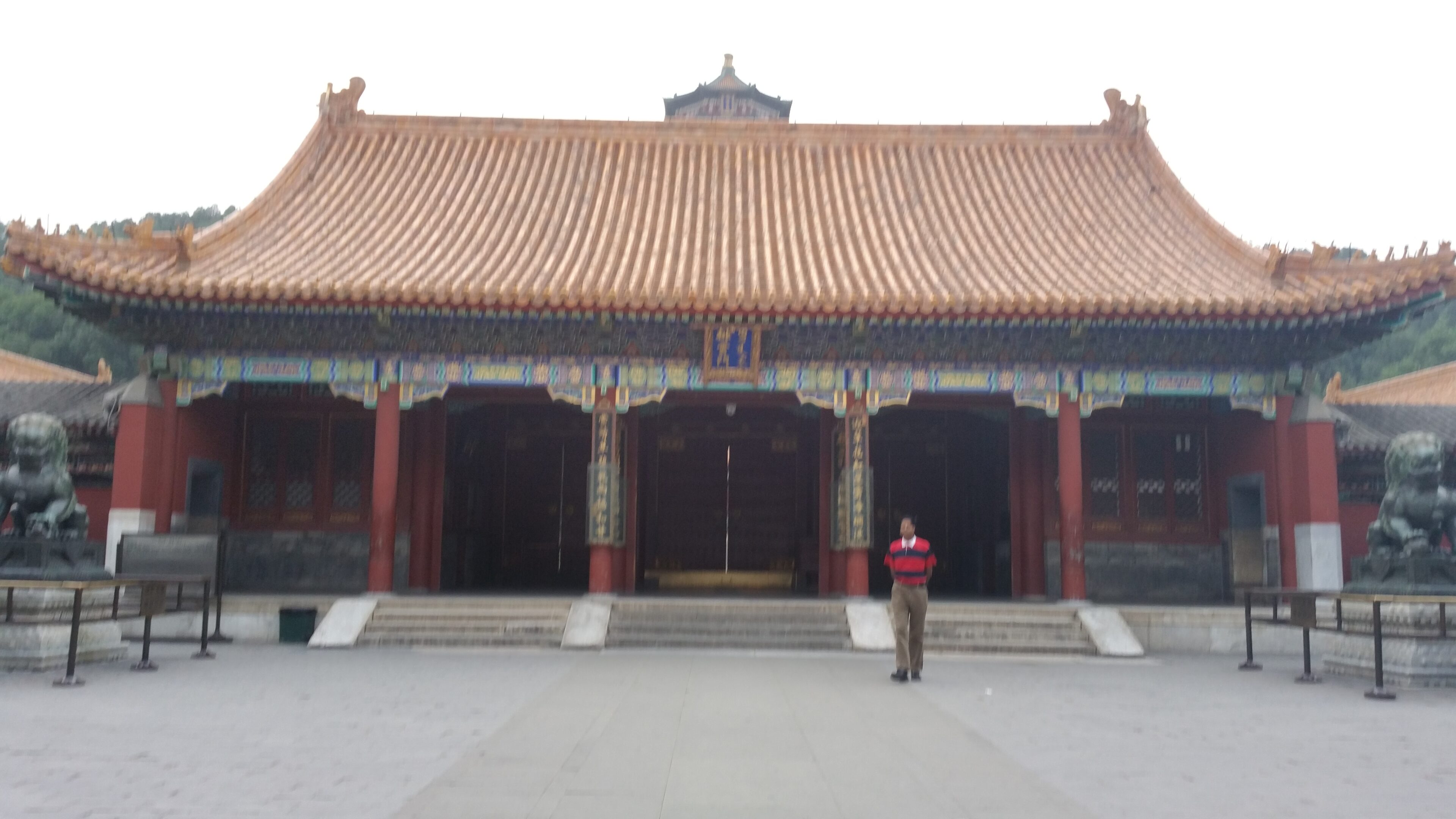

























BEIJING YIHEYUAN
THE SUMMER PALACE
UNESCO WORLD HERITAGE SITE
Longevity Hill is about 60 m (200 ft) high and has many buildings positioned in sequence. The front hill is rich with splendid halls and pavilions, while the back hill, in sharp contrast, is quiet with natural beauty. The central Kunming Lake, covering 2.2 square kilometres (540 acres), was entirely man-made and the excavated soil was used to build Longevity Hill.
In December 1998, UNESCO included the Summer Palace on its World Heritage List. It declared the Summer Palace “a masterpiece of Chinese landscape garden design. The natural landscape of hills and open water is combined with artificial features such as pavilions, halls, palaces, temples and bridges to form a harmonious ensemble of outstanding aesthetic value”.
Notably in recent history, it is also the Central Route terminus of the South-North Water Transfer Project having traversed 1,267 km (787 mi) from Danjiangkou Reservoir, Hubei, making it Beijing’s main water supply.
Attractions
The entire Summer Palace is centered around Longevity Hill and Kunming Lake, with the latter covering about three quarters of the area
Most of the important buildings were built along the north–south axis of Longevity Hill, which is divided into the front hill and the back hill.
There are three small islands within Kunming Lake: Nanhu Island, Zaojiantang Island and Zhijingge Island. The West Dam of Kunming Lake divides the lake into two. The East Dam was constructed during the reign of the Guangxu Emperor. The attractions in the Summer Palace may be divided into six different sections or scenic areas: the Halls, Longevity Hill, Kunming Lake, the Farming and Weaving Picture Scenic Area, the Long Corridor, and the Central Axis area.



Front Hill
- Eastern Palace Gate (pinyin: Dōnggōngmén) : The main entrance to the Summer Palace. The two bronze lions on either side of the gate
- Hall of Benevolence and Longevity (仁寿殿; 仁壽殿 ; Rénshòudiàn) : The hall where court sessions were held. It was called “Hall of Good Governance”
- Hall of Jade Billows (玉澜堂; 玉瀾堂; Yùlántáng) : Located west of the Hall of Benevolence and Longevity. It was the living quarters of the Qing emperors
- Yiyun Hall (宜芸馆; 宜芸館 ; Yíyúnguǎn) : Located north of the Hall of Jade Billows. It was originally a library in the Qianlong Emperor’s time, but became the living quarters. It housed a collection of stone carvings of calligraphy written by the Qianlong Emperor
- Dehe Garden (德和园; 德和園 ; Déhéyuán) : Houses the three-storey Great Opera Hall (大戏楼; 大戲樓), where opera performances were staged
- Hall of Joy and Longevity (乐寿堂; 樂壽堂; Lèshòutáng) : The living quarters of Empress Dowager Cixi
- Long Corridor (长廊; 長廊; Chángláng): Stretches from the Hall of Joy and Longevity in the east to Shizhang Pavilion in the west. The entire corridor is 728 metres long and contains artistic decorations, including paintings of famous places in China, and scenes from Chinese mythology and folktales, The Twenty-four Filial Exemplars and the Four Great Classical Novels.
- Hall of Dispelling Clouds (排云殿; 排雲殿; Páiyúndiàn): Situated on the centre of the central axis of Longevity Hill. Originally the Great Temple of Gratitude and Longevity (大報恩延壽寺)
- Tower of Buddhist Incense (佛香阁; 佛香閣; Fóxiānggé) : Located right in the centre of the front hill of Longevity Mountain. The tower was originally meant to be a nine-storey Buddhist pagoda built to resemble the Yellow Crane Tower. The Qianlong Emperor ordered the construction to be stopped just after the eighth storey was built. The tower was built on a 20-metre-tall stone base, measures three stories and 41 metres in height, and is supported by eight ironwood pillars. Empress Dowager Cixi visited the tower to offer incense and pray
- Sea of Wisdom (智慧海; Zhìhuìhǎi): Located on the peak of Longevity Hill. It was built from coloured glass and houses over 1,000 statues of Buddhist figures
- Stele of Longevity Hill and Kunming Lake (万寿山昆明湖碑; 萬壽山昆明湖碑; Wànshòushān Kūnmínghú Bēi) : Located east of the Hall of Dispelling Clouds
- Pavilion of Precious Clouds (宝云阁; 寶雲閣; Bǎoyúngé): Located west of the Tower of Buddhist Incense
- Stone Boat (石舫; Shífǎng) : The Stone Boat is 96 metres long
- Oriole-Listening Hall (听鹂馆; 聽鸝館 ; Tīnglíguǎn) : Located west of Longevity Hill
- Huazhongyou (画中游; 畫中游; Huàzhōngyóu): Located west of Longevity Hill.

Sculptures at the Hall of Benevolence and Longevity
- East of the Front Hill (前山东部; 前山東部; Qiánshān Dōngbù): Has many pavilions and halls.
- West of the Front Hill (前山西部; Qiánshān Xībù) : Has many pavilions and halls
- West of the Long Corridor (长廊西端; 長廊西端; Chángláng Xīduān): There is a “West Four Hall” (西四厅; 西四廳) located north of Shizhang Pavilion.It used to be the west entrance into the Summer Palace during the Qianlong Emperor’s time.
Back Hill
- Suzhou Street (苏州街; 蘇州街; Sūzhōujiē) : A shopping street resembling Shantang Street in Suzhou
- Garden of Harmonious Pleasures (谐趣园; 諧趣園; Xiéqùyuán) : Located in the northeast corner of the Summer Palace
- Four Great Regions (四大部洲; Sìdàbùzhōu) : Located on the centre of the central axis of the back hill. It was designed to resemble the Samye Monastery in Tibet, and houses statues of Bhaisajyaguru, the Buddha and Amitābha
- Flower Pavilion and Glass Tower (花承阁琉璃塔; 花承閣琉璃塔; Huāchénggé Liúlítǎ) : only the Glass Tower remains
- Former Location of Gaichunyuan (赅春园遗址; 賅春園遺址; Gāichūnyuán Yízhǐ) : Located west of the back hill. A small garden was built there during the Qianlong Emperor’s time and the emperor also had his personal study room there
- Former Location of Qiwang Pavilion (绮望轩遗址; 綺望軒遺址; Qǐwàngxuān Yízhǐ) : Located west of the back hill beside the lake. A small garden was built there during the Qianlong Emperor’s time.
Eastern Dam

The Wenchang Tower or Pavillion and a boat dock
- Zhichun Pavilion (知春亭; Zhīchūntíng): Located on the east bank of Kunming Lake at the south of the Hall of Jade Billows.
- Wenchang Tower (文昌阁; 文昌閣; Wénchānggé): Built to resemble a city gate. It served as an important entry point into the Summer Palace from the east and south during the Qianlong Emperor’s time. The Wenchang Hall (文昌院), often called a Gallery, is located beside Wenchang Tower and displays cultural artefacts from the Summer Palace.
- Kuoru Pavilion (廓如亭; Kuòrútíng): Situated in the middle of the eastern dam, east of the 17 Openings Bridge. It covered an area of 130 square metres.
- Bronze Ox (铜牛; 銅牛; Tóngniú): A bronze statue of an ox built in 1755.
- Yelü Chucai Shrine (耶律楚材词; 耶律楚材祠; Yēlǜ Chǔcái Cí): A shrine built by the Qianlong Emperor to commemorate Yelü Chucai, an influential statesman in the Mongol Empire. It was closed down after 2003 and its front section was converted into a souvenir shop.
Nanhu Island
- 17-Arch Bridge (十七孔桥; 十七孔橋; Shíqīkǒngqiáo) : Has 17 different types of arches on it. It incorporates features of the Precious Belt Bridge in Suzhou and the Lugou Bridge in Beijing. The entire bridge is 150 metres long and eight metres wide.
- Dragon King Temple (龙王庙; 龍王廟; Lóngwángmiào): A temple built to worship the Dragon King.
- Hanxu Hall (涵虚堂; 涵虛堂; Hánxūtáng) : Located at the north of Nanhu Island, directly facing the Tower of Buddhist Incense on the north bank.
Western Dam
- Lake Dividing Bridge (界湖桥; 界湖橋; Jièhúqiáo): The bridge that separates Kunming Lake from the northern lake.
- Jade Belt Bridge (玉带桥; 玉帶橋; Yùdàiqiáo)
- Binfeng Bridge (豳风桥; 豳風橋; Bīnfēngqiáo)
- Jingming Tower (景明楼; 景明樓; Jǐngmínglóu): It was destroyed by the British and French in 1860 and was restored only in 1992. It was designed to imitate Yueyang Tower
- Mirror Bridge (镜桥; 鏡橋; Jìngqiáo)
- White Silk Bridge (练桥; 練橋; Liànqiáo)
- Willow Bridge (柳桥; 柳橋; Liǔqiáo) : Located most south of the western dam.
- Farming and Weaving Picture Scenic Area (耕织图景区; 耕織圖景區; Gēngzhítú Jǐngqū) : Built during the Qianlong Emperor’s time, it was designed to bring to life a scene from the daily lives of peasants
Images




















